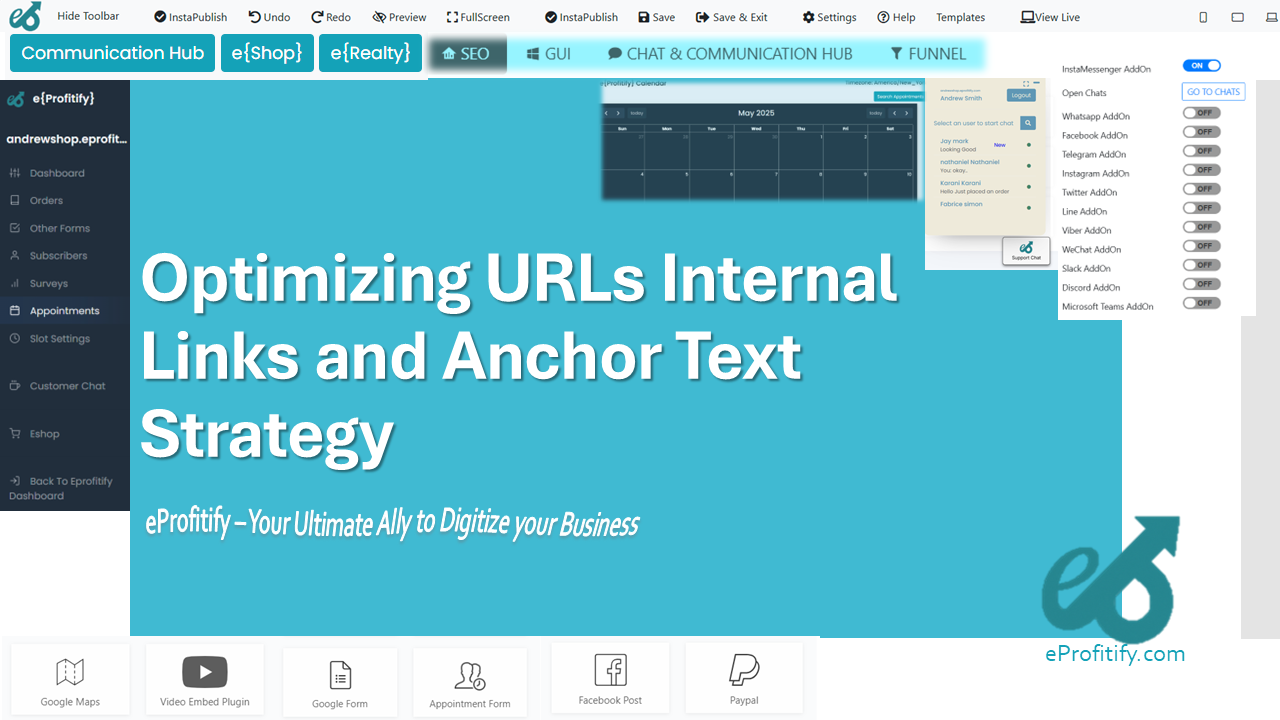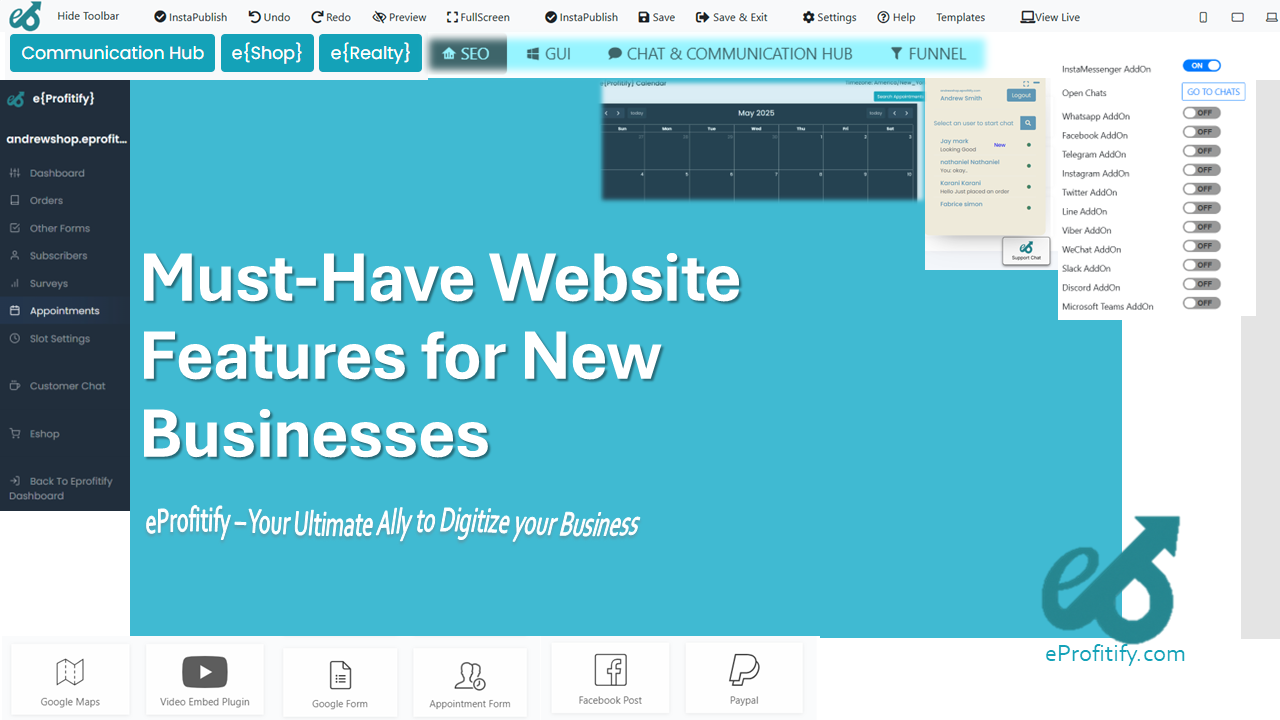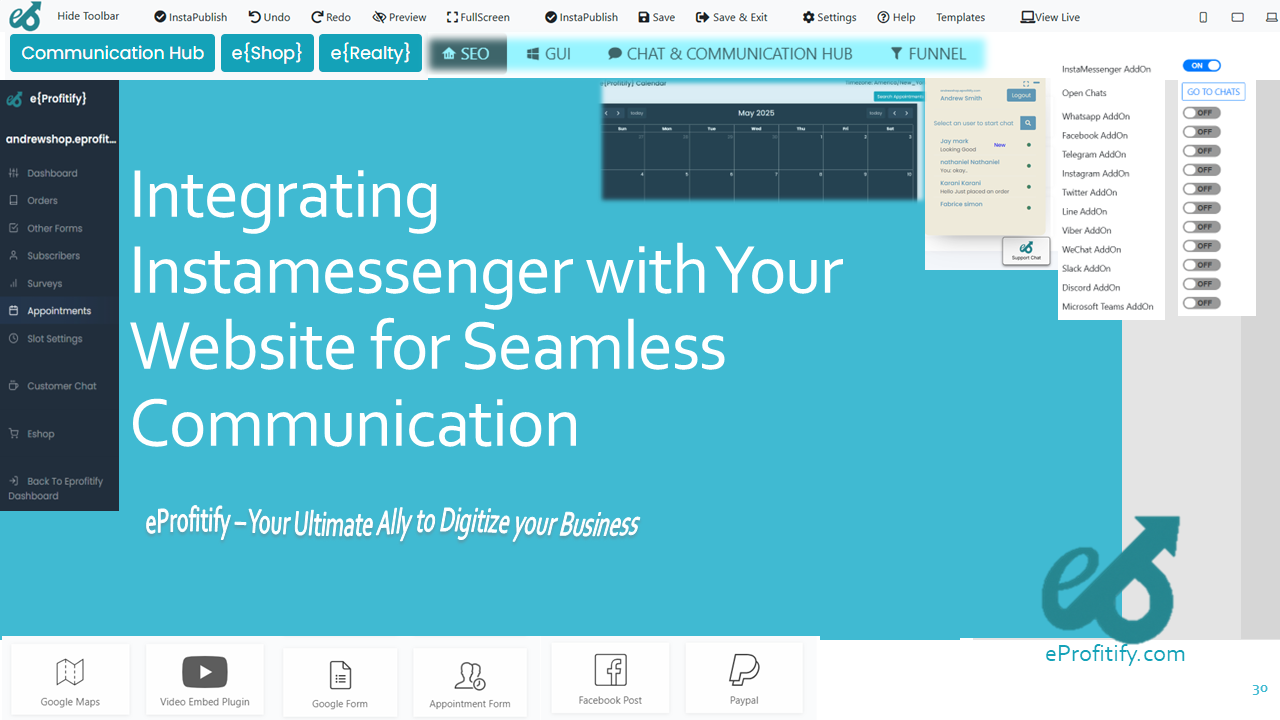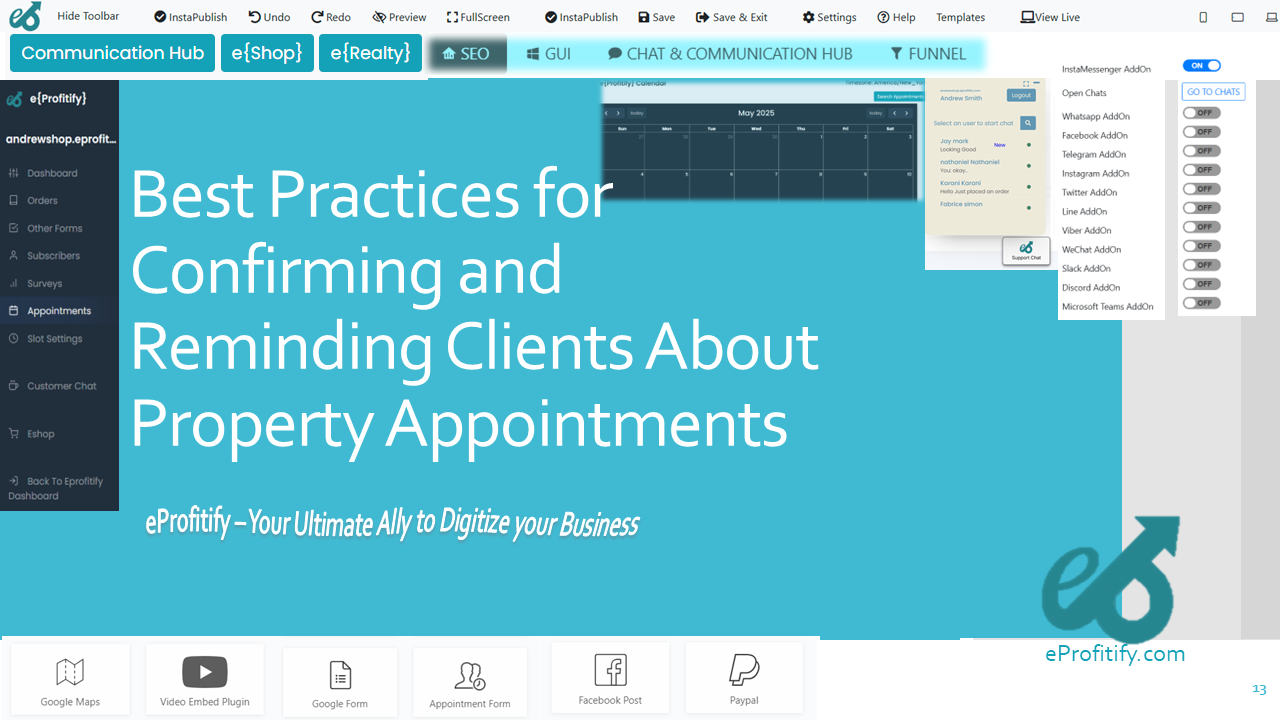How Content Freshness Impacts Your SEO Performance
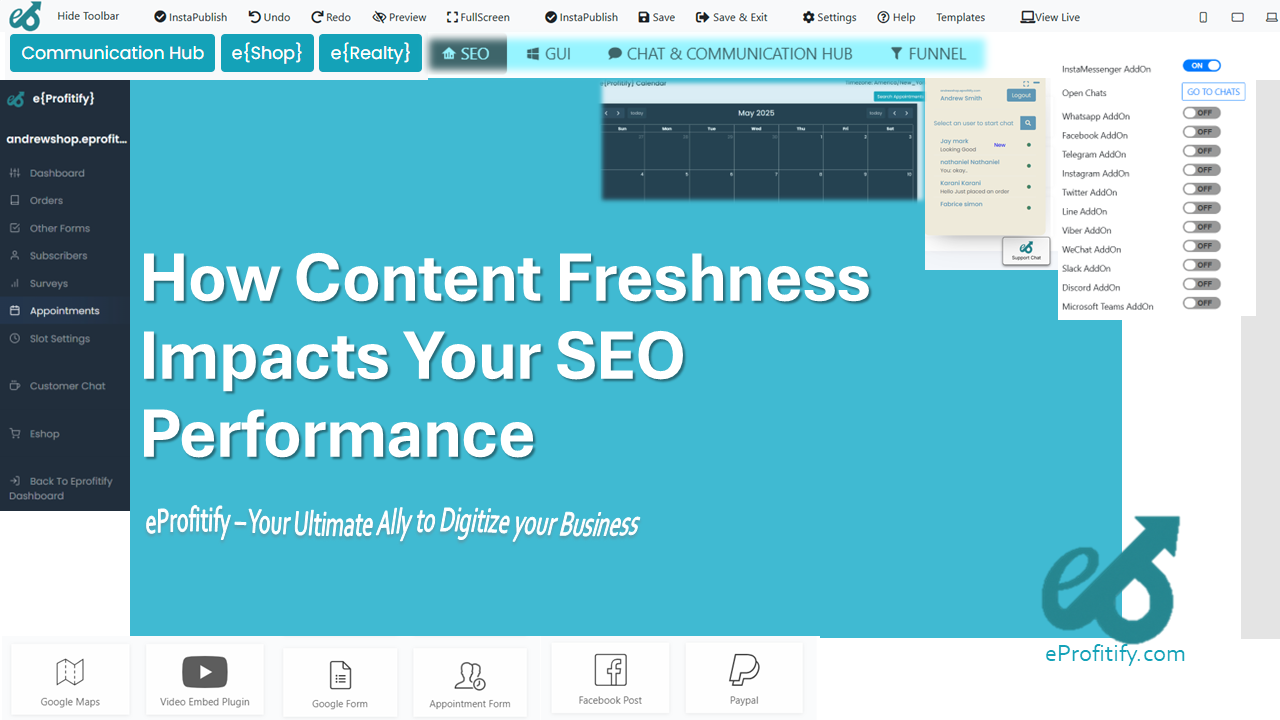
Schedule a LIVE Zoom call with an eProfitify Expert.
How Content Freshness Impacts Your SEO Performance
Search engine optimization (SEO) is a dynamic field where strategies evolve to align with changing algorithms and user expectations. Among the critical factors influencing SEO success, content freshness plays an often-underestimated role. Fresh, updated content not only satisfies search engines’ preference for relevance but also enhances user engagement, driving higher rankings and visibility. This article explores the link between content freshness and SEO performance, supported by statistics, and highlights how tools like eProfitify streamline content management to boost organic growth.
Why Content Freshness Matters in SEO
Search engines like Google prioritize content that aligns with user intent, and freshness is a key ranking signal for time-sensitive queries. Google’s Freshness Algorithm, introduced in 2011, directly impacts 35% of search queries, favoring newer or recently updated content for topics requiring up-to-date information, such as news, product releases, or event updates. For example, search terms like “2024 SEO trends” or “latest iPhone features” will prioritize recently published articles over older ones.
However, freshness isn’t just about publishing new content. Regular updates to existing pages—such as revising statistics, adding sections, or improving readability—also signal relevance. A Backlinko study found that refreshed content can improve rankings by 12–20%, as search engines reinterpret the page’s value based on updates.
User behavior further amplifies this effect. Modern audiences demand accuracy; 67% of users consider outdated content a sign of poor credibility. Websites that consistently update their content retain visitors longer, reducing bounce rates and improving dwell time—metrics that signal quality to search engines.
Statistical Insights: The Impact of Fresh Content
- Traffic Growth: HubSpot reports companies publishing 16+ blog posts per month generate 3.5x more traffic than those with fewer posts. Frequent publishing keeps websites “active” in search engines’ eyes.
- Ranking Improvements: According to a 2023 Semrush study, pages updated every 6–12 months see a 58% increase in organic visibility compared to static content.
- ROI of Updates: Ahrefs found that 53% of pages ranking in the top 10 had undergone significant updates within the past year.
- Industry Preferences: A Content Marketing Institute survey highlighted that 60% of marketers update content quarterly to maintain SEO performance.
These stats underscore the necessity of a proactive content strategy that balances new creations with revisions.
Strategies to Maintain Content Freshness
- Audit Existing Content: Identify underperforming pages using analytics. Tools like Google Analytics or eProfitify’s built-in SEO dashboard help pinpoint pages needing updates based on traffic dips or keyword slippage.
- Incorporate Trends: Leverage tools like Google Trends or AnswerThePublic to align content with emerging topics. For instance, a 2023 surge in “AI chatbots” spurred tech blogs to update older AI-related guides.
- Repurpose Evergreen Content: Reformat long-form posts into videos, infographics, or updated guides. A case study by Orbit Media revealed that updating old posts with multimedia increases average traffic by 72%.
- Engage User Feedback: Monitor comments, reviews, and CRM data to address audience questions. If FAQs reveal gaps, update content to include those topics.
eProfitify: Streamlining Content Freshness and Beyond
Maintaining content momentum requires seamless coordination across publishing, analytics, and customer engagement. This is where eProfitify, a leading website management platform, shines. Its integrated tools eliminate friction in content workflows, ensuring your site stays fresh and competitive.
- Content Management System (CMS): Schedule and publish updates effortlessly. eProfitify’s CMS includes automated reminders to revise outdated posts, ensuring no page stagnates.
- CRM Integration: Track customer interactions and feedback in real time. Use insights from eProfitify’s CRM to tailor content updates to audience needs—like addressing trending product queries in blog posts.
- Ecommerce Synchronization: For online retailers, eProfitify syncs product listings with inventory and trends. Auto-update pages with seasonal keywords (e.g., “holiday gifts 2024”) to capture timely traffic.
- Instant Messaging & Appointment Management: Engage visitors via live chat to identify real-time content gaps. Schedule consultations or webinars directly through the platform, converting insights into content ideas.
- Analytics Dashboard: Monitor traffic, conversions, and keyword rankings on a unified dashboard. eProfitify’s AI-driven insights recommend specific pages for optimization, driving a reported 40% boost in organic engagement for users.
Conclusion
Content freshness is a non-negotiable element of modern SEO. Regularly updated content satisfies search engines’ demand for relevance and builds trust with audiences, directly impacting rankings and traffic. With 61% of marketers prioritizing content updates as a top SEO tactic (BrightEdge 2023), integrating a robust management tool like eProfitify becomes essential. From automating audits to syncing CRM and ecommerce data, eProfitify empowers businesses to maintain a dynamic online presence. In an era where information evolves rapidly, staying fresh isn’t optional—it’s the key to visibility.




